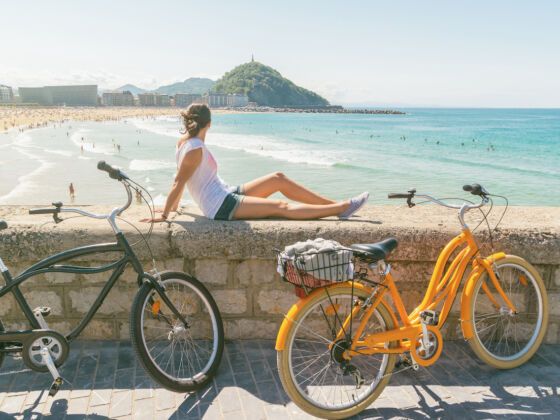It’s the standard modus operandi for many a surf trip, where the surfer’s mindset leaves little room for other considerations.
It isn’t that surfers are shallow, or narrow-minded, or don’t take an interest in their surroundings — it’s just that, well, they like to surf. Yes, the medieval fortifications might be an “absolute must see,” but the four-foot offshore waves squash those plans without further consideration.
